The Dobermann was bred in Germany in the late 19th century. It was created by Carl Friedrich Louis Dobermann, who was a dog breeder and worked as a tax inspector. Dobermann needed a strong and intelligent dog to help him in his work, so he began crossbreeding various breeds, including the Pinscher, the smooth-haired Fox Terrier, the Rottweiler, and many others. The result of this crossbreeding was the Doberman breed.
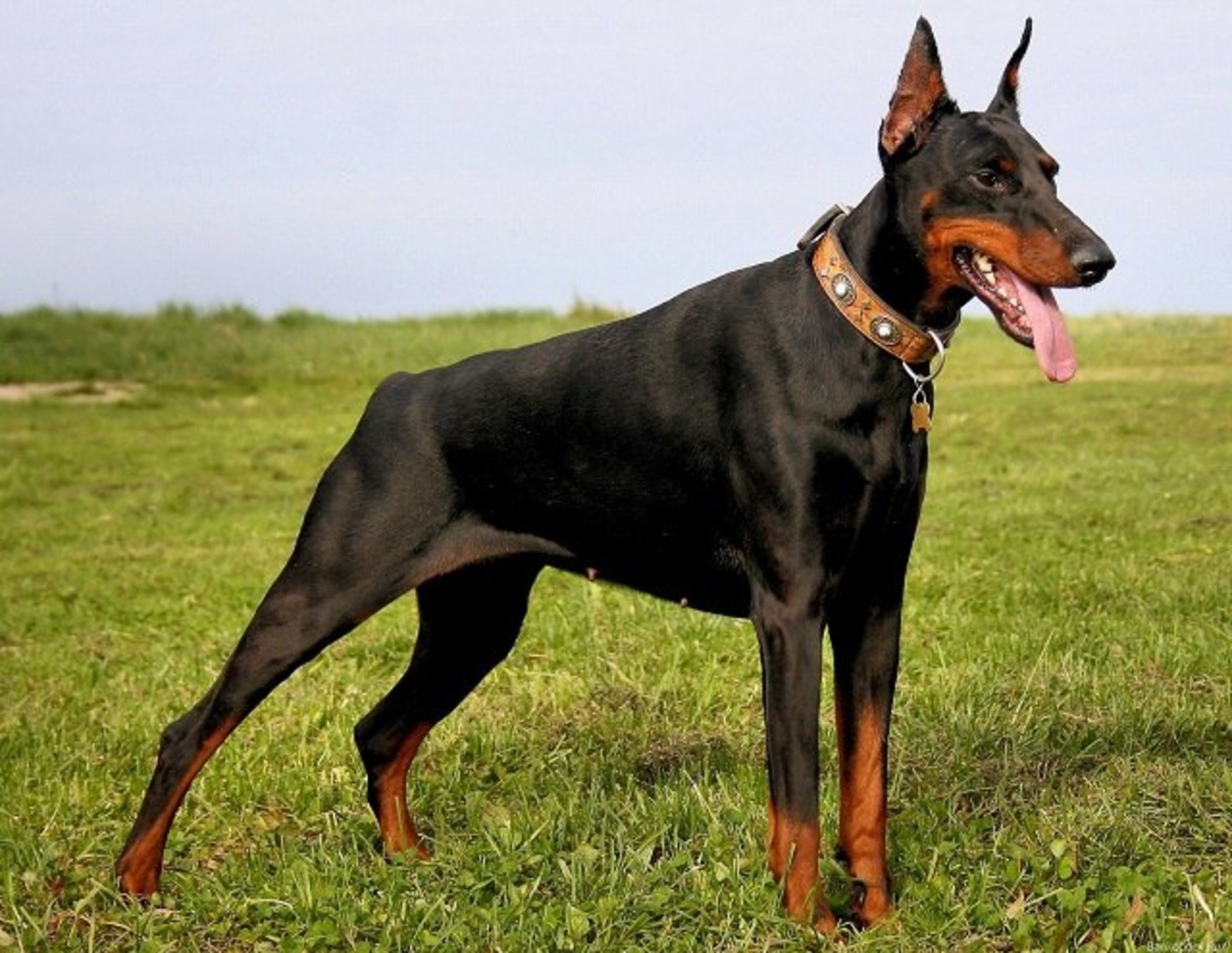
Breed description
Dobermans have a strong physique and stamina. They reach a height of 63 to 72 cm at the withers and weigh from 32 to 45 kg. Color can be black, black and tan, red or blue. They have a short, smooth coat that is not difficult to care for. Dobermans are muscular and have a lot of energy, so they need long walks and exercise. They are also very intelligent and trainable, making them ideal for service as guards and assistance dogs.
Character and behavior
Dobermans are very intelligent, energetic, and loyal. They need close contact with people, so they should not be left alone for long periods of time. This breed is not suitable for those who are not prepared to deal with the daily care of them. If the Doberman does not get enough attention and physical activity, he may exhibit destructive behavior.
Breed Care
Grooming the Doberman is not difficult. He needs regular brushing, claw trimming, and washing of his coat. His ears should also be checked regularly for infections and cleaned. Dobermans also need daily walks and exercise to avoid destructive behavior and obesity. Because of their large size and energetic nature, they need a large enough area where they can run and play.
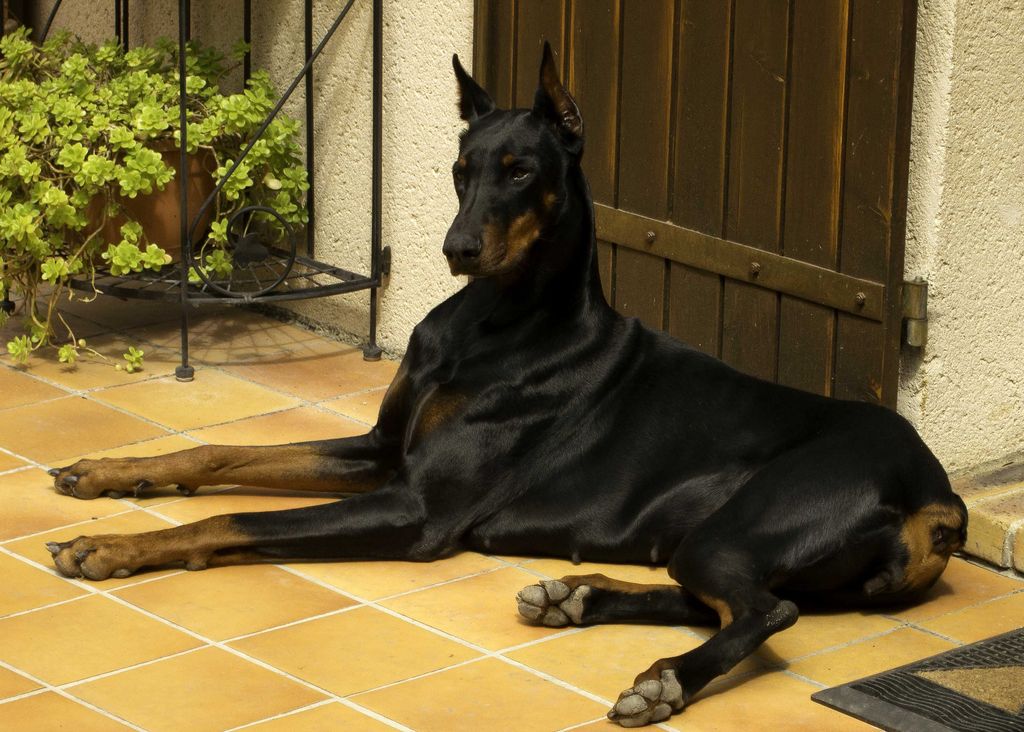
Breed Health
Dobermans are usually healthy, but may suffer from some diseases. Some of the most common diseases associated with the breed include hip dysplasia, cardiomyopathy, and stink rash. Prospective Doberman owners should only purchase puppies from trusted breeders who care about the health and good genetic background of the breed.
Training and Education
Dobermans are known for their mental and physical stamina, making them ideal for training. They learn quickly and can follow many commands. Their intelligence and loyalty make them ideal for service as guards and assistance dogs.
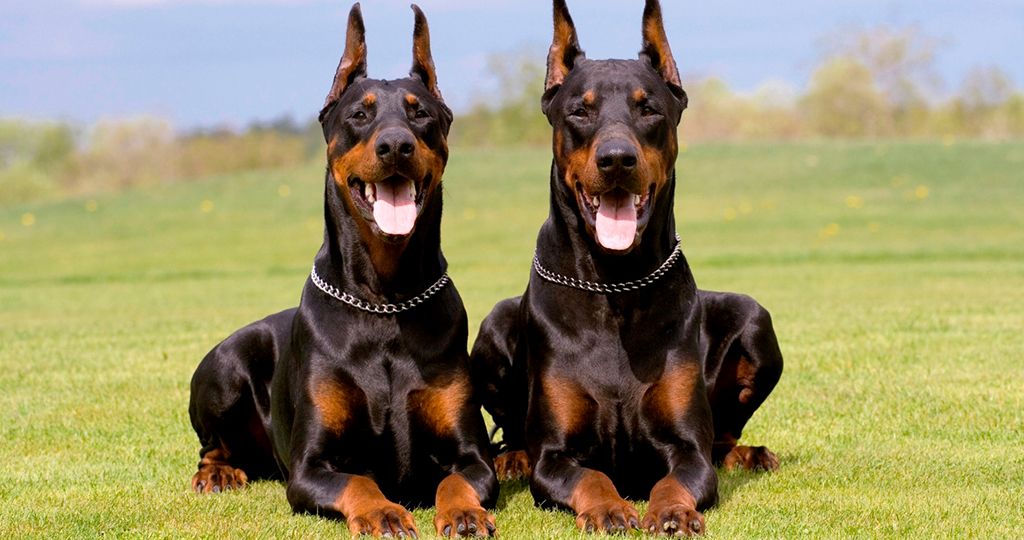
Top 10 facts about the Doberman:
- The Doberman was bred in Germany in the late 19th century by Carl Friedrich Louis Dobermann, who worked as a tax inspector. The breed was created for guarding and service and to protect the Doberman in his work.
- Dobermans have high energy levels and need regular exercise and walks. If they don’t get enough movement, they can exhibit destructive behavior.
- Dobermans are some of the most intelligent dog breeds. They are easy to train and can follow many commands.
- Dobermans have repeatedly won prizes in service and security competitions.
- Dobermans have a strong guarding instinct, making them ideal security and service partners.
- Dobermans have short, smooth coats that are easy to groom. They are also not prone to frequent molting, making them an excellent choice for those who suffer from animal hair allergies.
- Dobermans can be aggressive toward other dogs and may see other animals as potential threats. Therefore, it is important to socialize the Doberman with other animals from an early age.
- Dobermans need regular health care, including annual visits to the veterinarian to prevent the development of various diseases.
- Dobermans can live up to 10-12 years, with proper health care and a good genetic background.
- Dobermans can be great partners for people of all ages if they have enough time and money to take care of them.
Conclusions
Dobermans are intelligent, loyal, and energetic dogs that are ideal for service and guarding. They need regular exercise and walks, as well as health care and human companionship. Dobermans require attention and care, but if you are willing, they will make great partners and guards for you and your family. As with any breed, it is important to buy your Doberman from trusted breeders who care about the health and good genetic background of the breed.
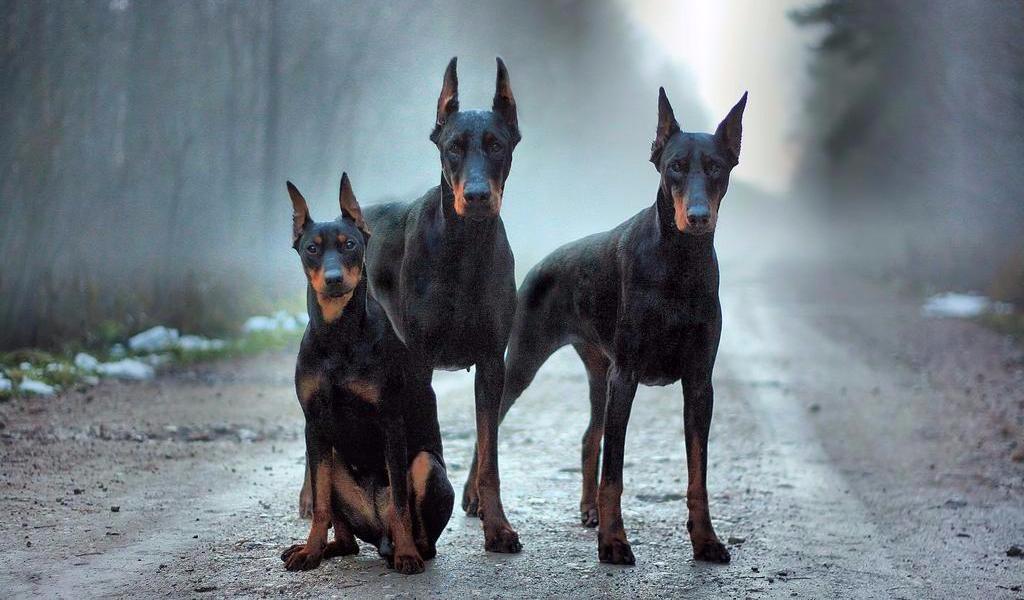

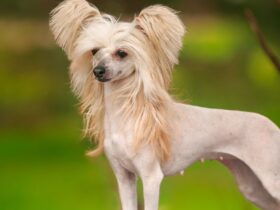
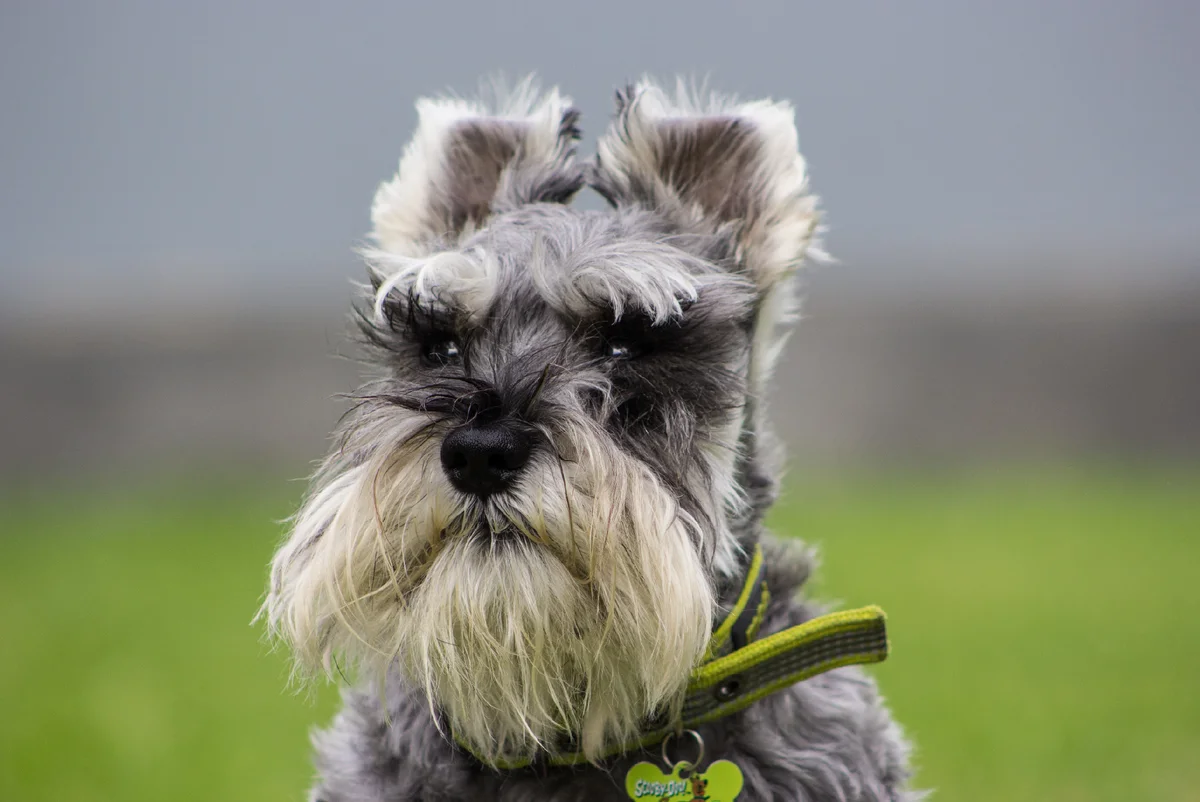
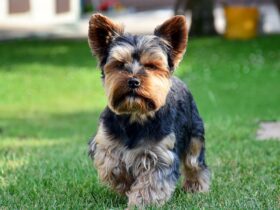

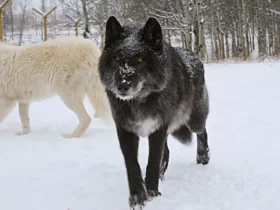
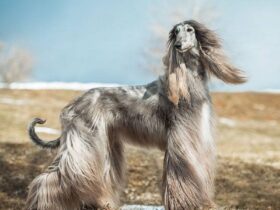
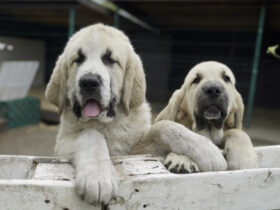
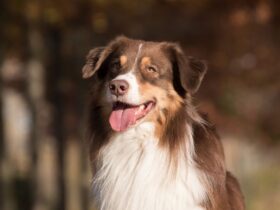
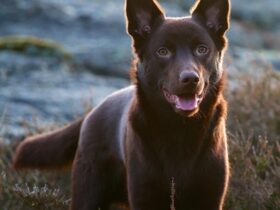
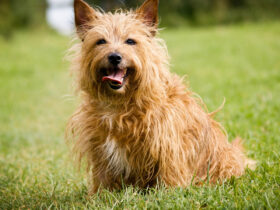
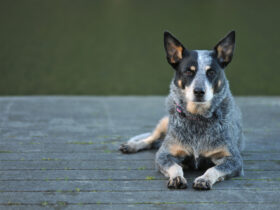
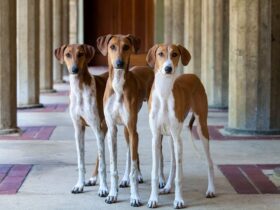
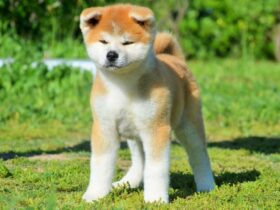
Leave a Reply